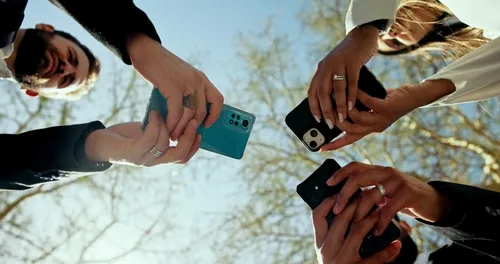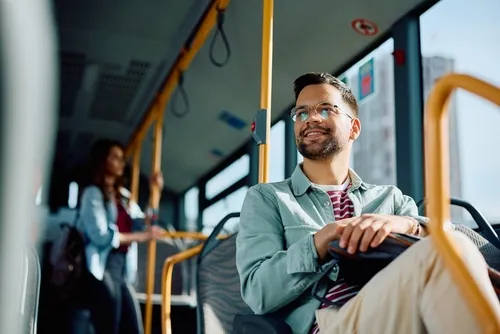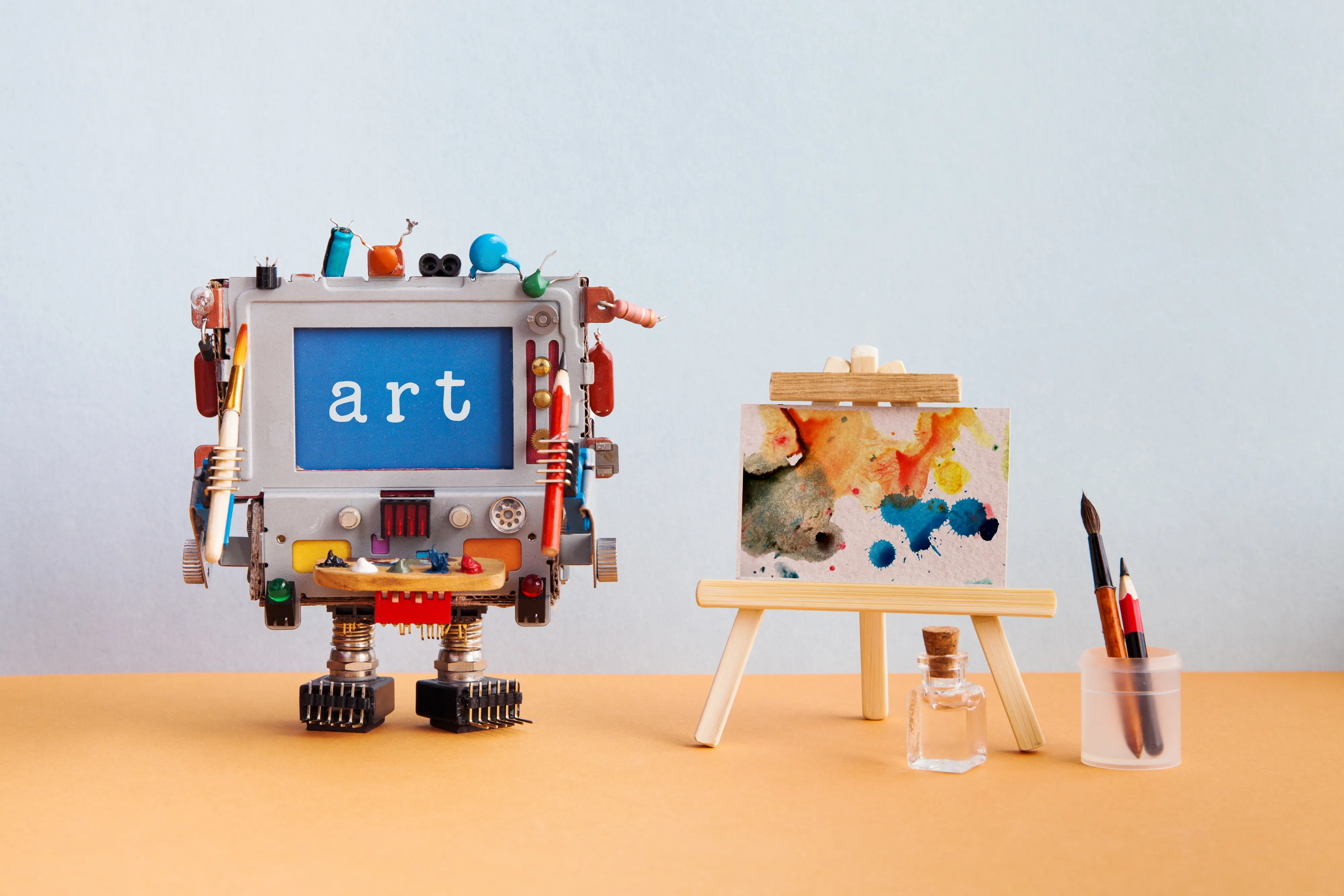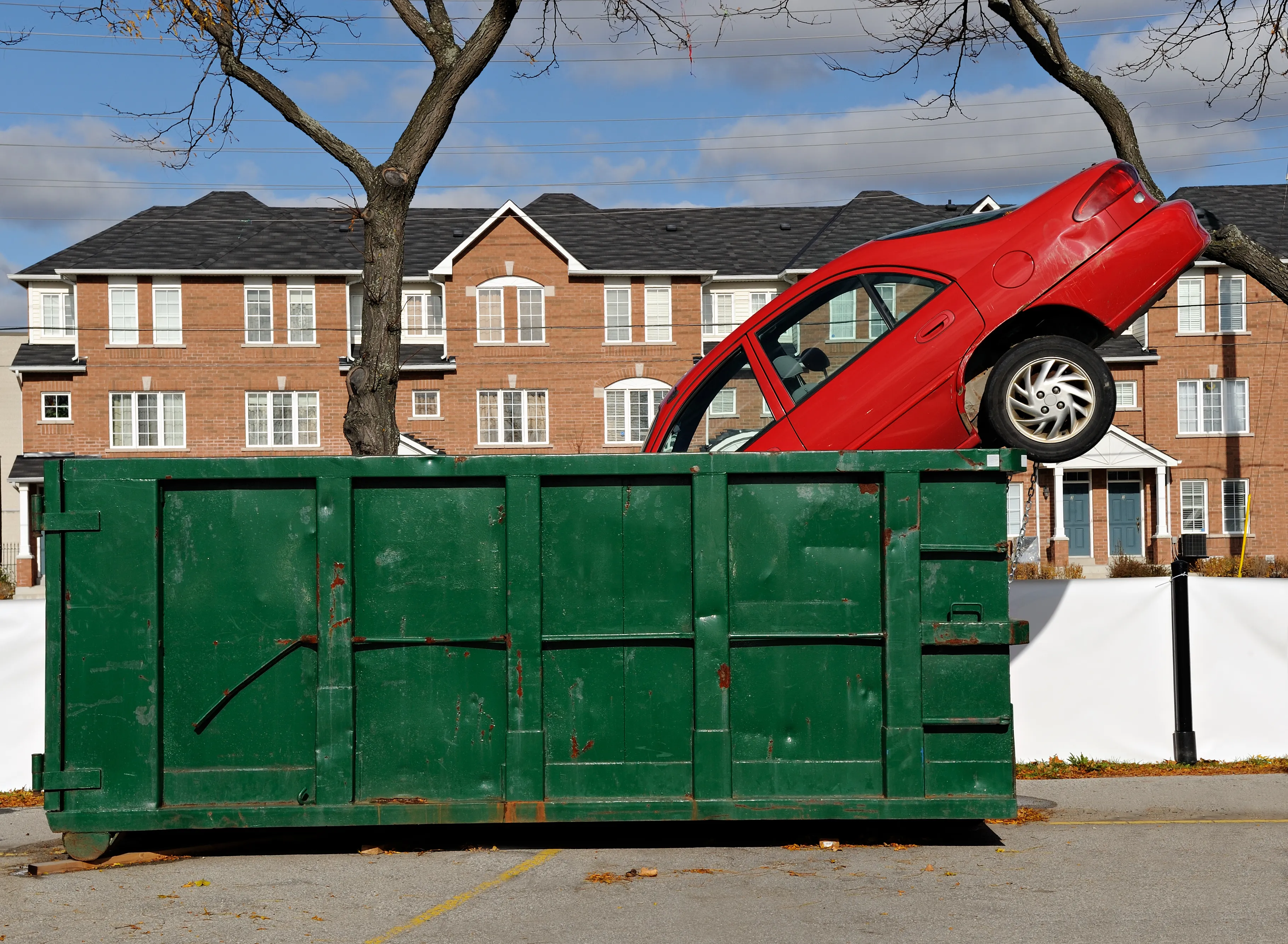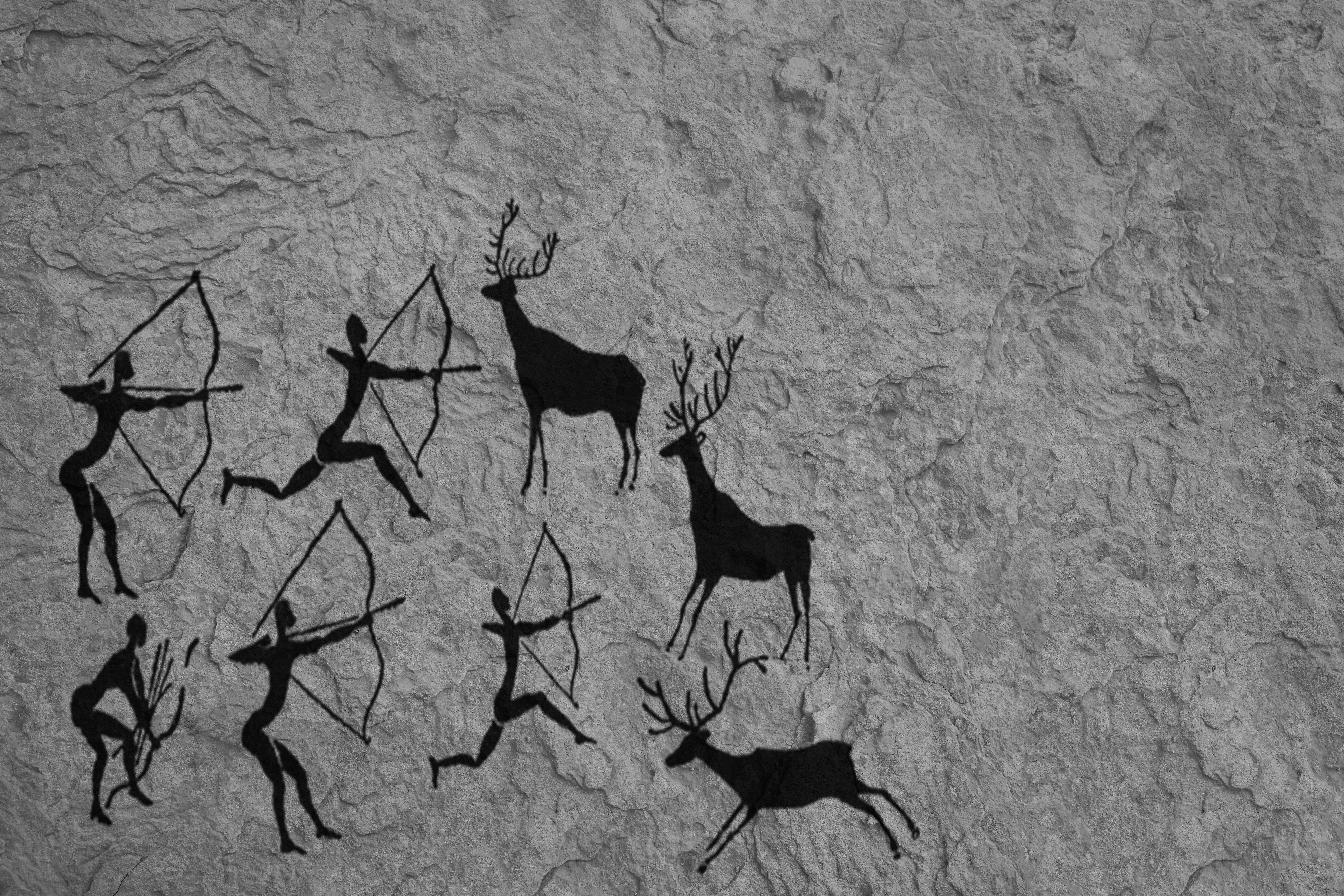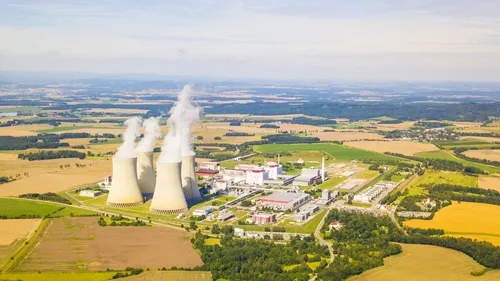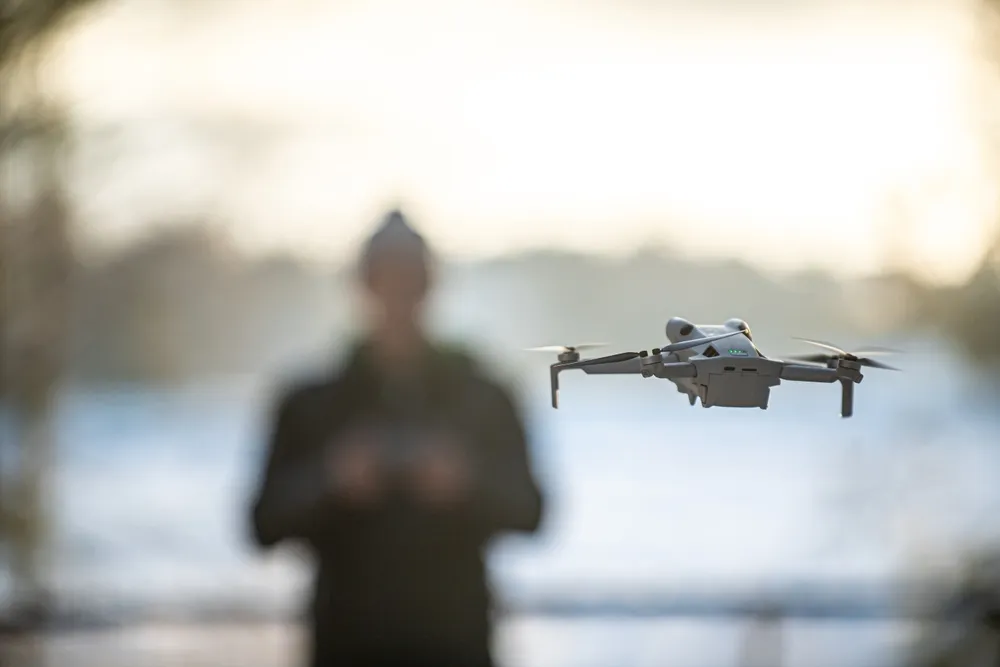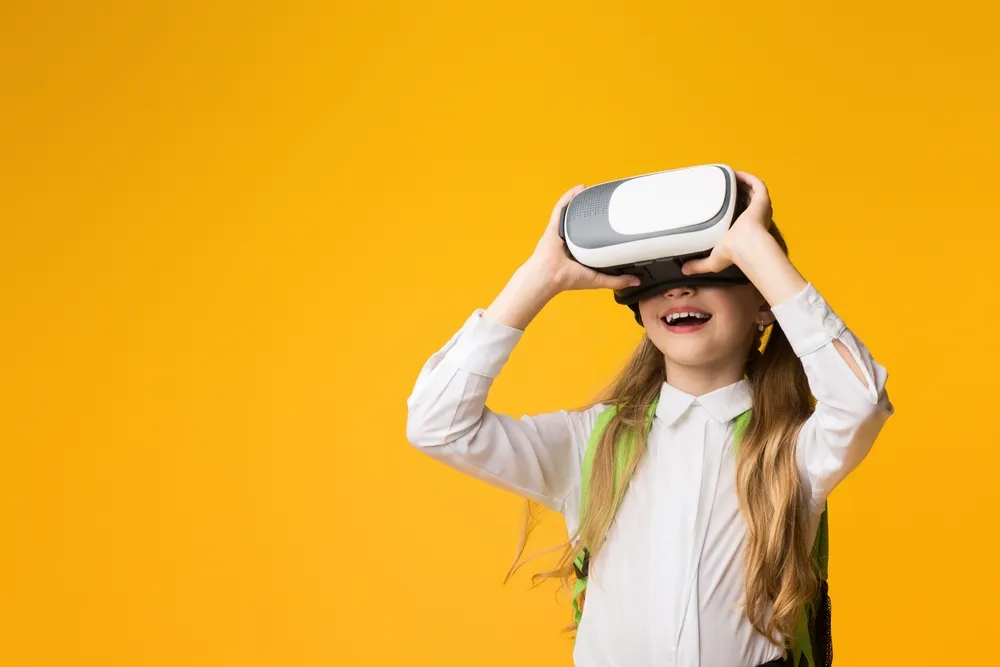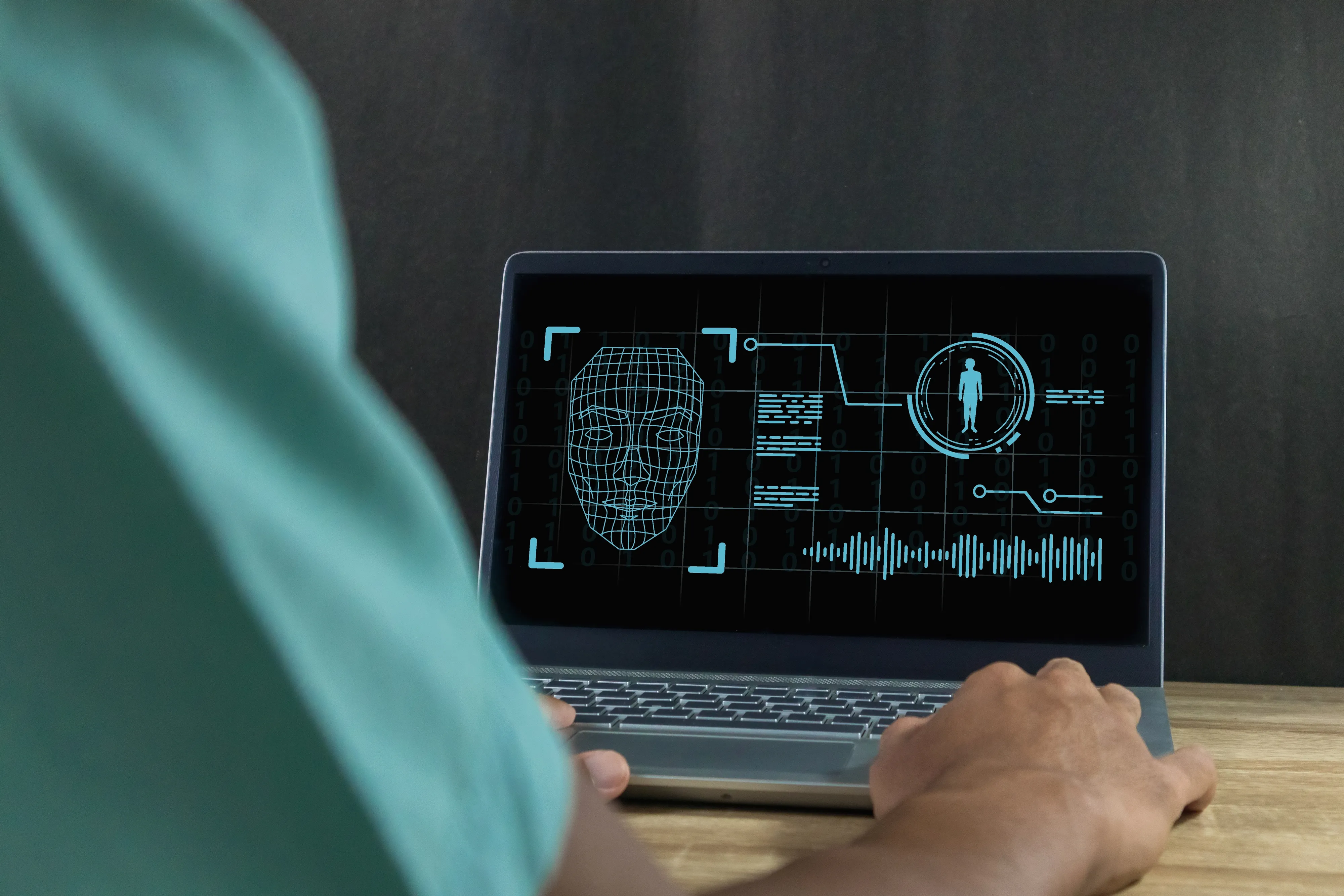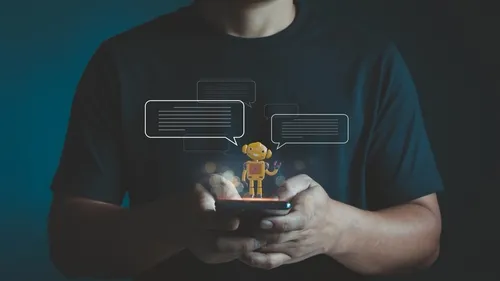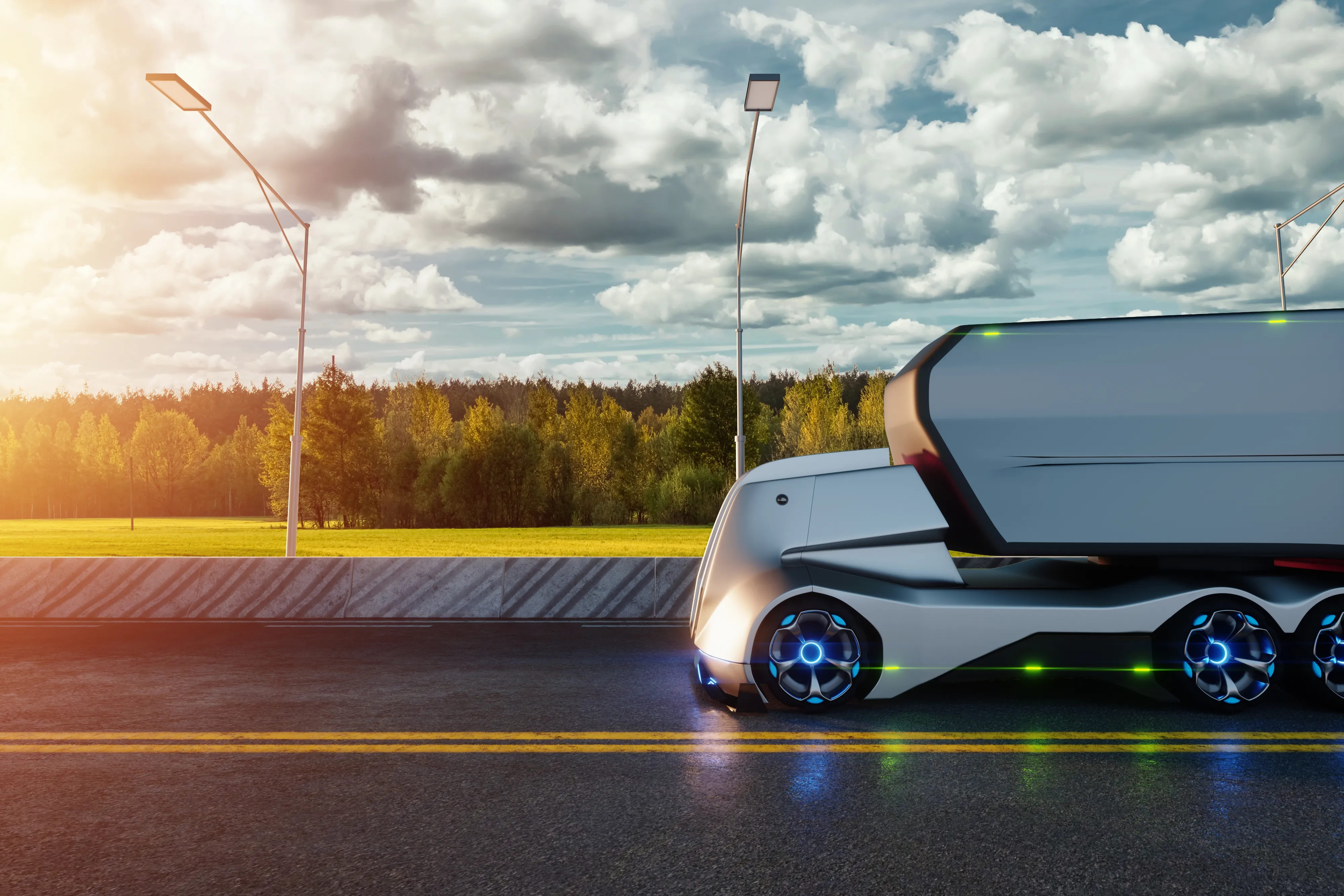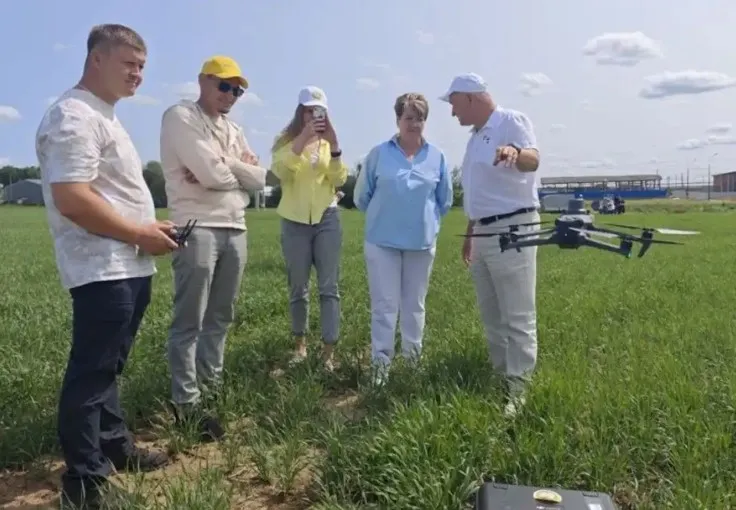In Russia, AI Is Taking On Stray Dogs and Urban Disorder

Neural networks are reshaping city surveillance — one camera feed at a time.
In Tula, artificial intelligence is not just about algorithms. It’s about sidewalks, strays, and social norms. As cities grow smarter, so do their strategies for enforcing public order — and Russia’s Tula Region is testing a bold new frontier. Local authorities have begun piloting an AI-powered surveillance system developed by Moscow-based firm NtechLab, designed to detect everything from packs of stray animals to vandalism and even low-level offenses like smoking in prohibited areas.
Using a network of urban CCTV cameras, the system scans video footage in real time, leveraging neural networks to flag “public anomalies.” If it detects two or more unaccompanied animals, the alert is sent directly to municipal animal control teams. Similarly, acts of vandalism, illegal pet walking, or individuals lighting up in smoke-free zones are automatically documented and shared with the appropriate enforcement agencies.
This isn’t about blanket surveillance — it’s about pattern recognition. “The system doesn’t just watch, it understands,” says a local official familiar with the project, who notes that the rollout is still in early-stage trials. By layering AI on top of traditional infrastructure, municipalities hope to reduce response time and take a more proactive stance toward public safety.
But that’s just the beginning. Regional officials in Tula’s digital development ministry say the next logical step could involve micromobility. As cities struggle to regulate e-scooter usage and reduce sidewalk clutter, some see computer vision as a way to catch rule-breakers and geofence illegal riding zones. Although the idea hasn’t yet been greenlit, it’s under serious consideration.
While critics might raise concerns about privacy and overreach, the initiative reflects a broader global trend: cities turning to artificial intelligence not just for automation, but for behavioral insight. In the hands of local governments, machine vision could become a civic tool — or a surveillance dilemma — depending on how it's governed.
One thing is clear: in Russia’s smart city future, AI may soon know more about your neighborhood than you do.



